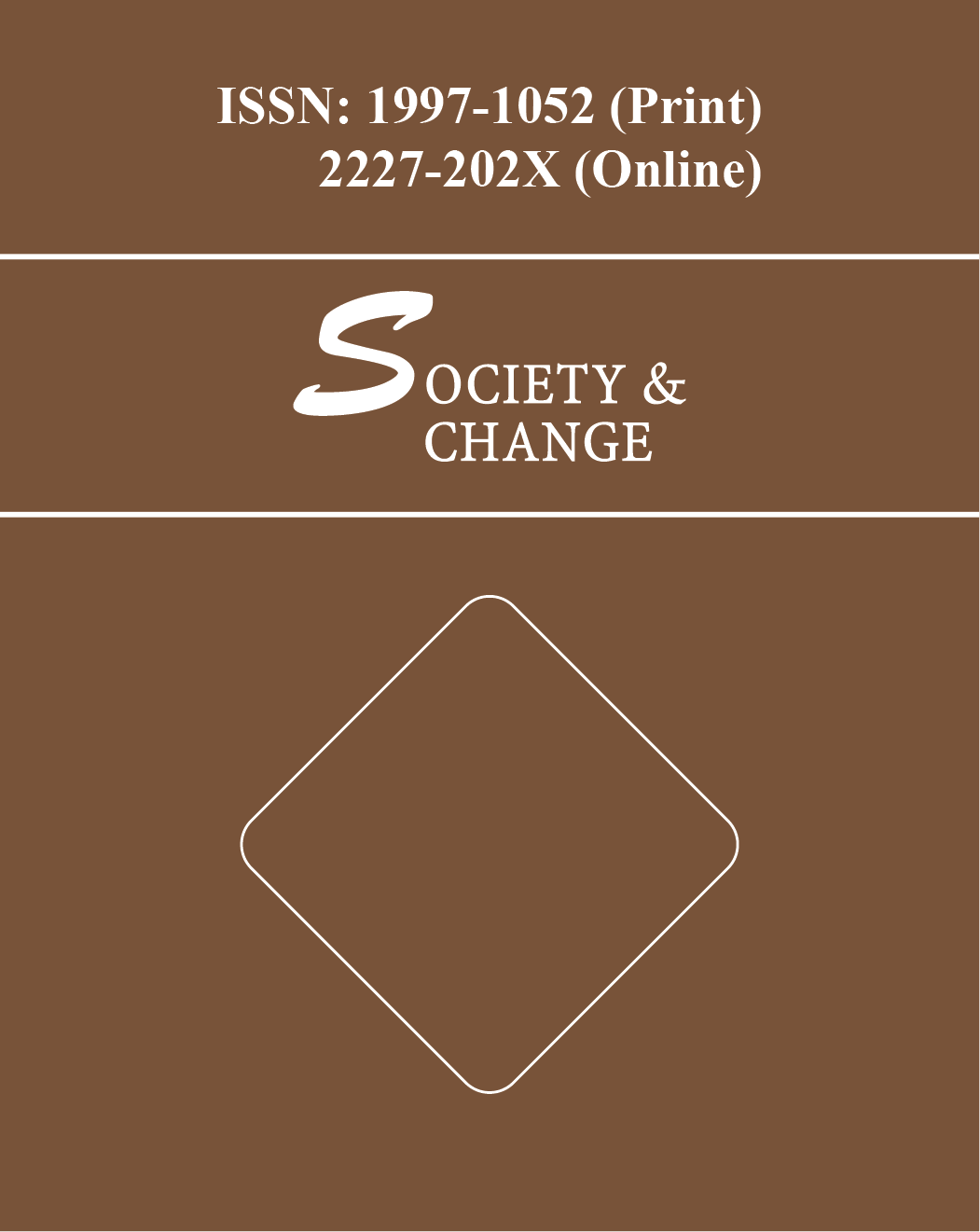Medicaid is the largest program in the United States that provides medical and health-related services to the poorest people of the United States. A variety of groups of people are eligible for the mandatory Medicaid expenditure program in the United States. Some of the major recipients of the US Medicaid program include the low and medium-income people, families with disabled people, low-income children and families, low income elderly, nursing home residents, infants and pregnant women, and medically needy persons. The principal objective of this paper is to analyze the strengths and weaknesses of the Medicaid program for the poor families in the United States. In order to construe the strengths and/or efficacies of the Medicaid program expenditure this paper has explained a number of factors that favor the Medicaid expenditure for low-income poor and moderate-income families. Some key strengths of the Medicaid program comprise (1) avoidance of the cost of duplicative administrative system, (2) providing states open-ended federal matching payments and greater protection against rising health care costs, (3) offering states a more consistent level of federal matching payments over time, (4) being cost effective by offering states stronger negotiating opportunity with plans and benefit providers, and (5) providing states with options for covering low-income working patients. Different flaws of the Medicaid program include (1) failure to provide healthcare services to even very poor persons unless in one of the enlisted groups, (2) the increase of the Medicaid expenditure in different states by type of service, (3) the disparity between the growth in Medicaid and the State budgets, and so on.



 INSEARCH 2025: 10th International Integrative Research Conference on Governance in Society, Business and Environment
INSEARCH 2025: 10th International Integrative Research Conference on Governance in Society, Business and Environment